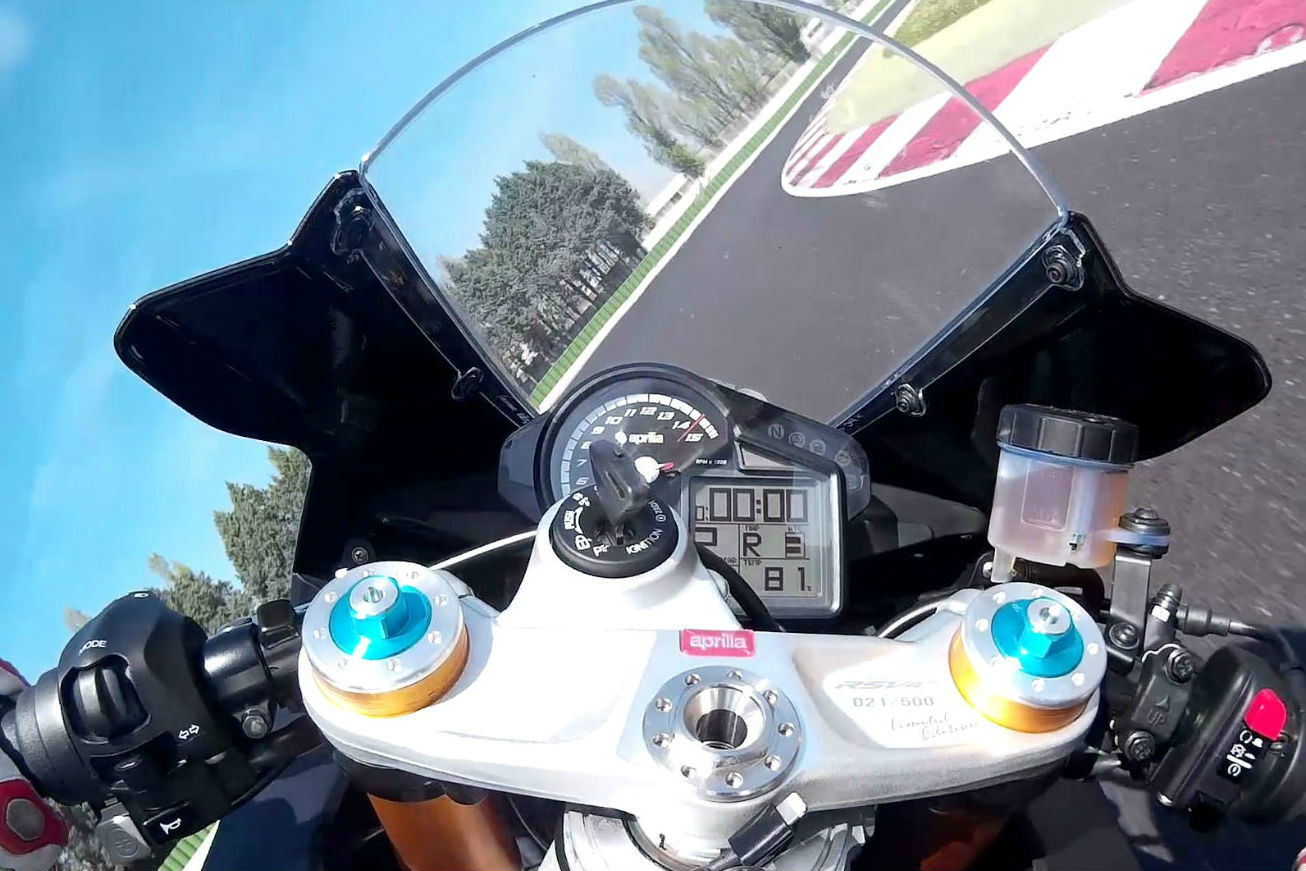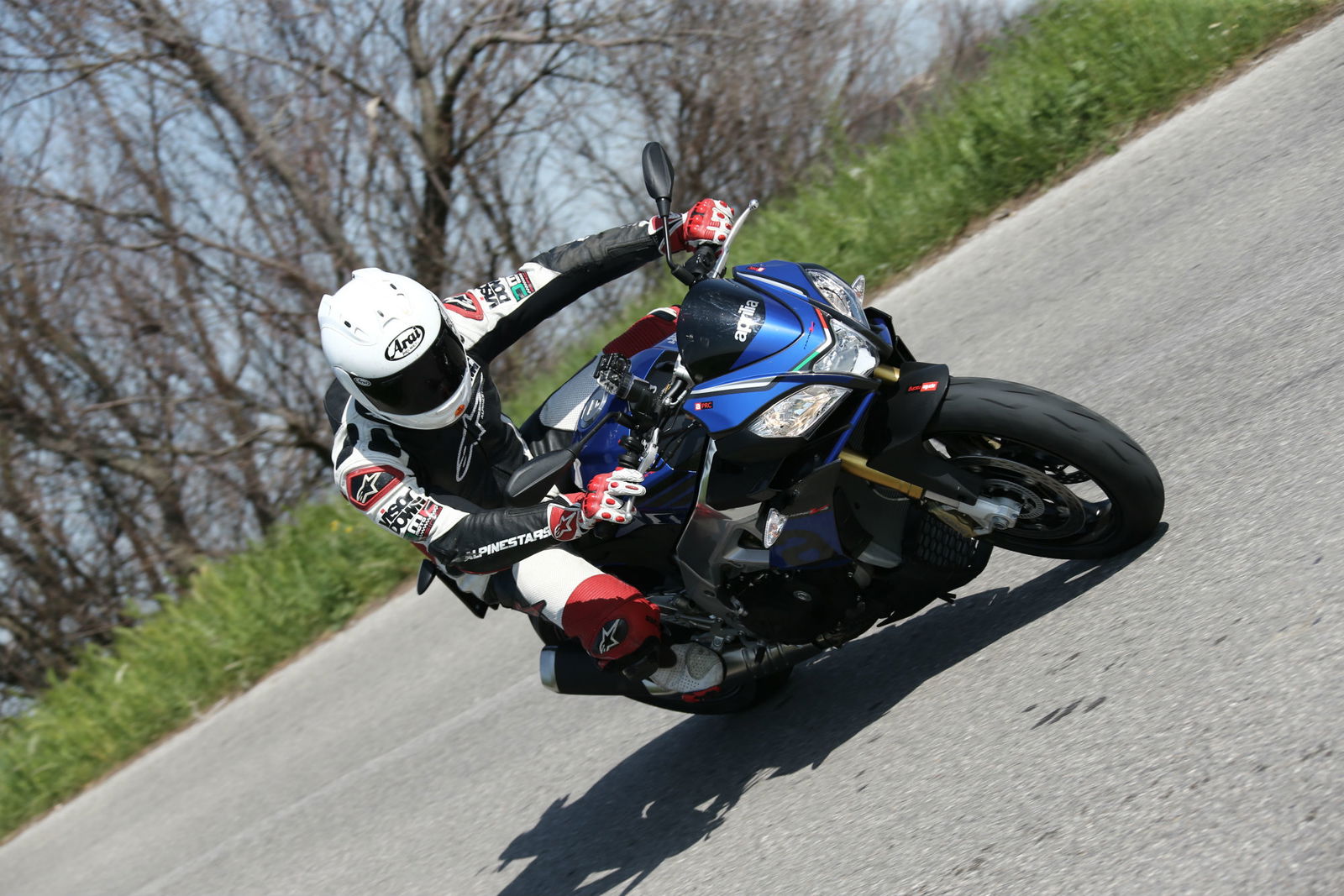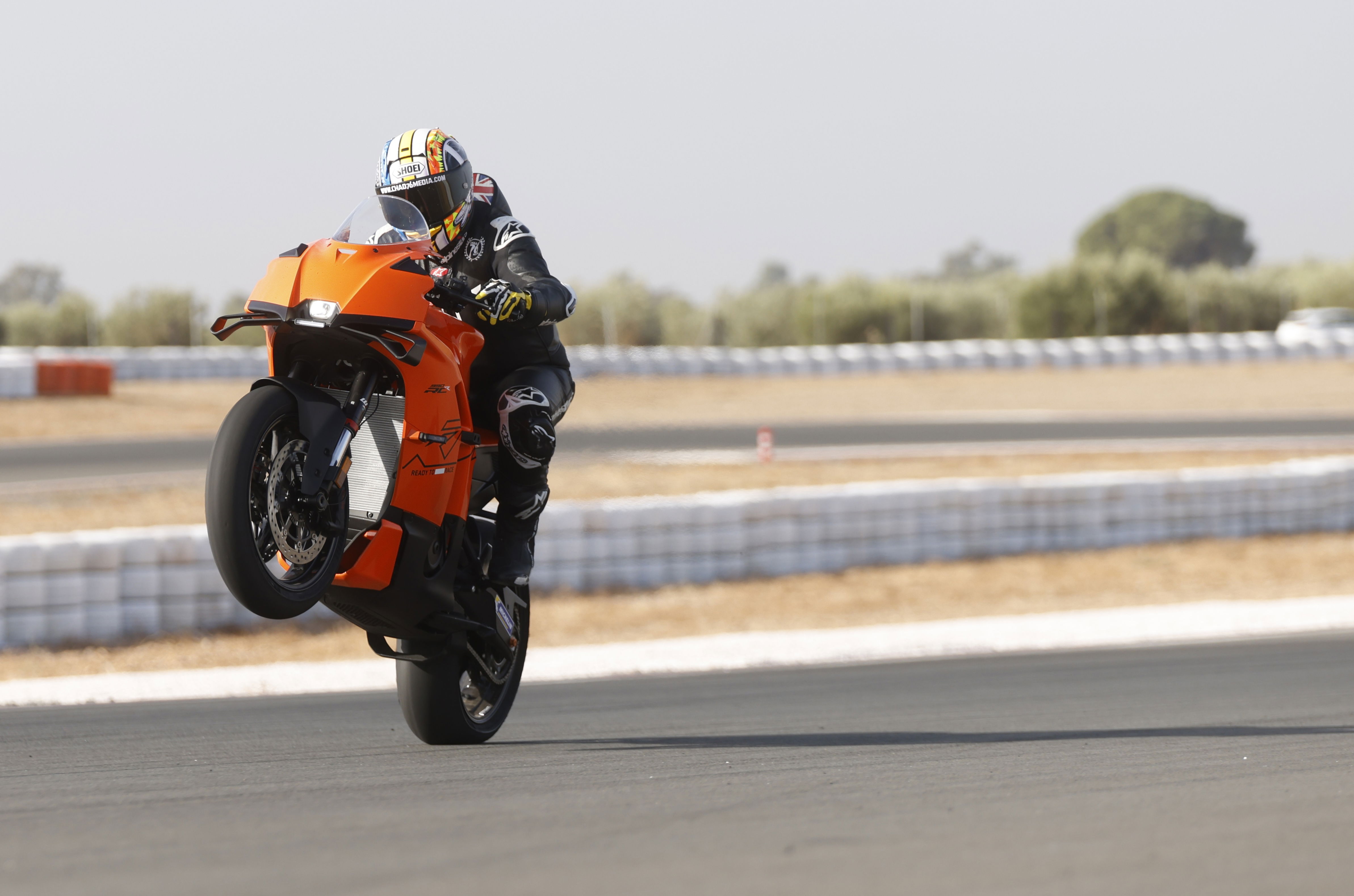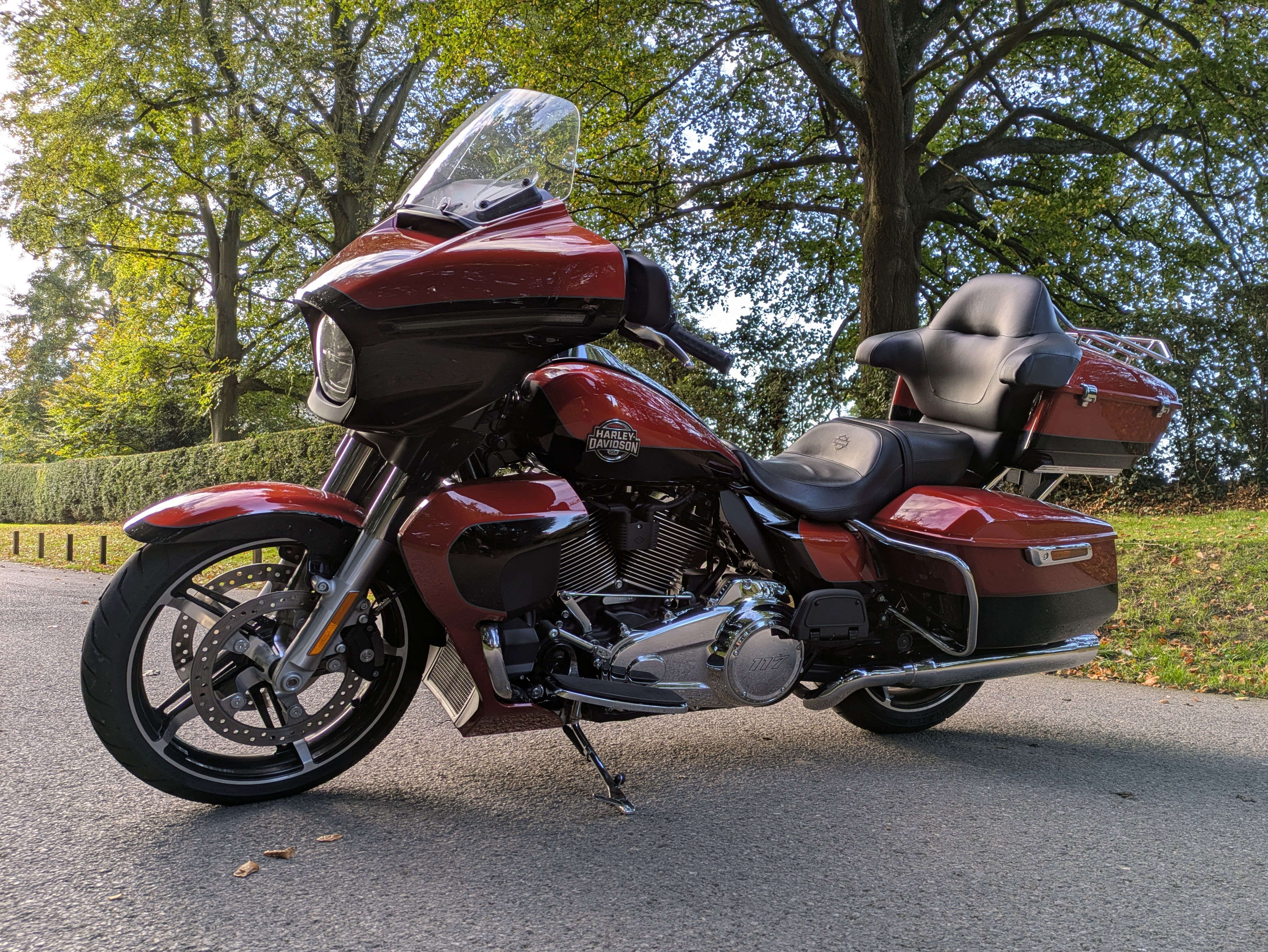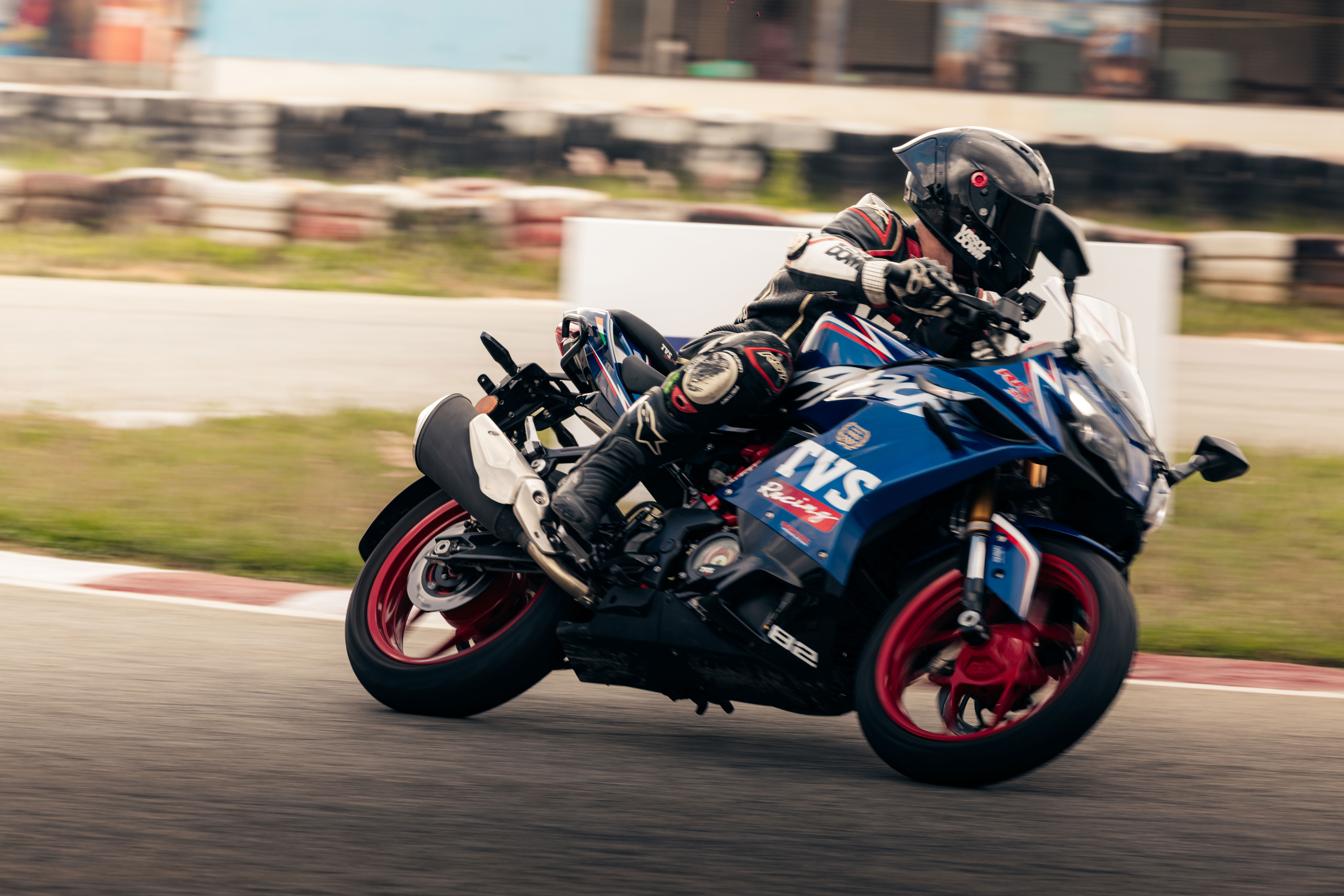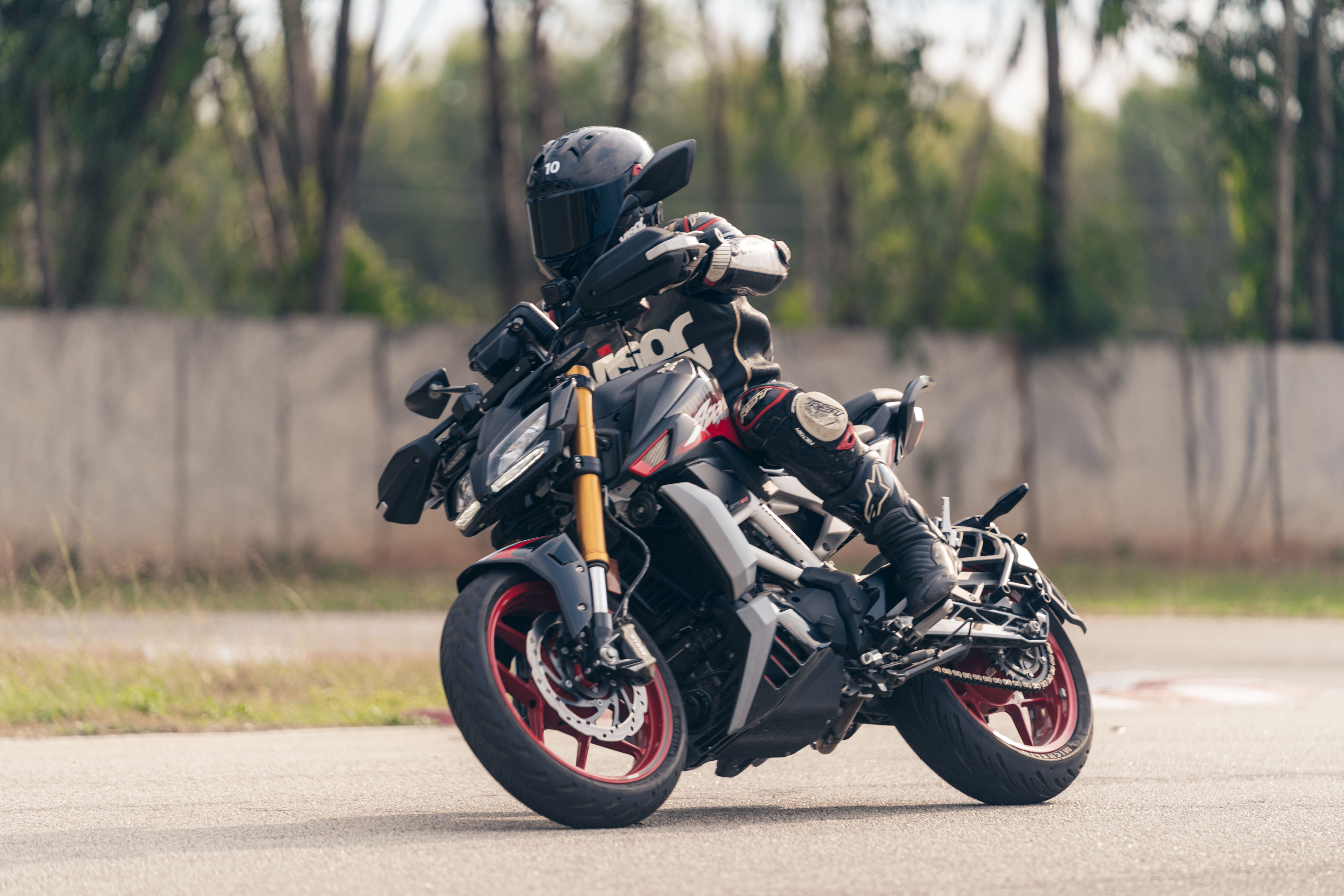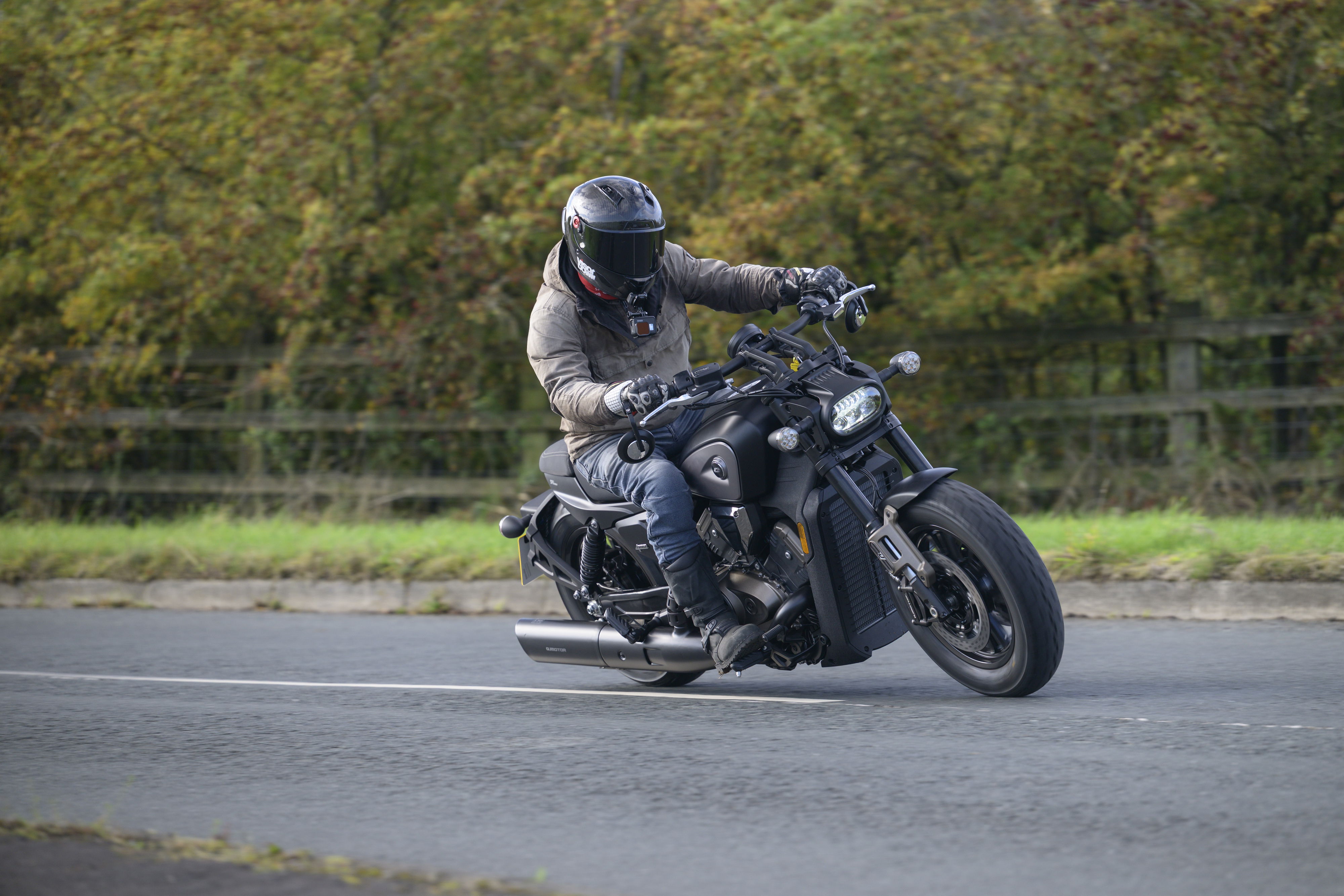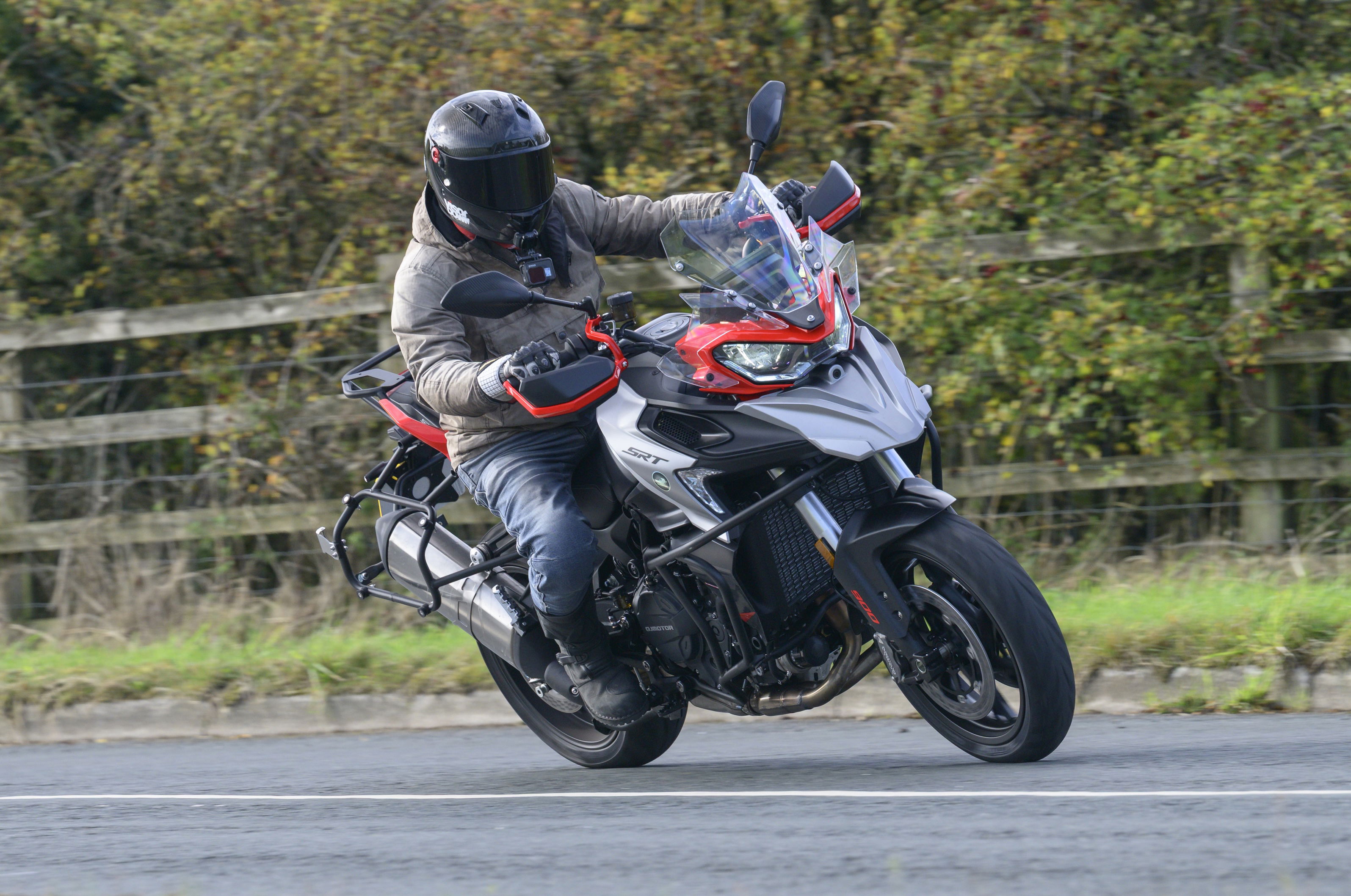First ride: MV Agusta Turismo Veloce 800 review
It's the smaller Multistrada Ducati should be making

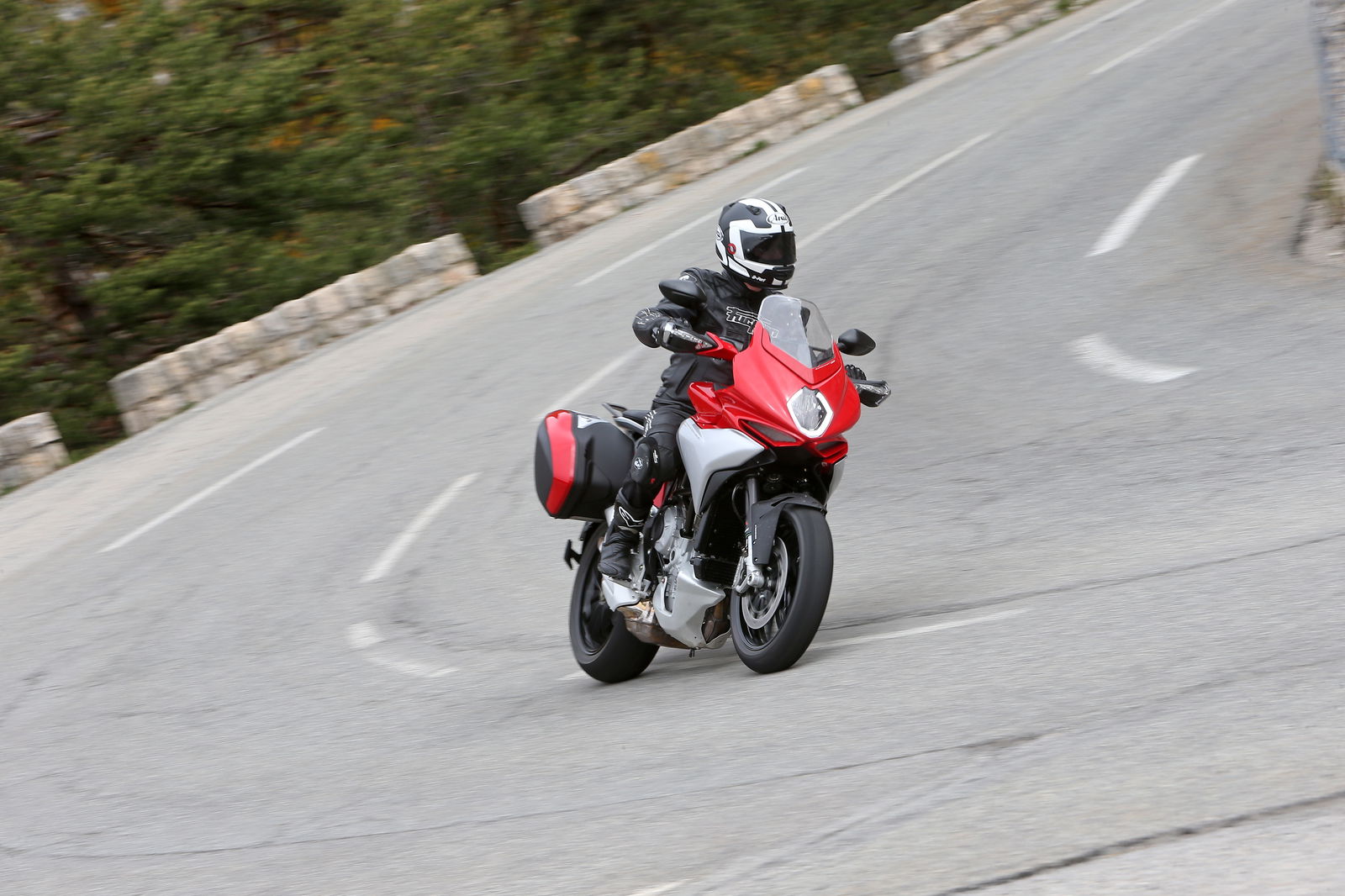
THE President of MV Agusta made an interesting admission at the launch of the Turismo Veloce 800. Actually he made two.
The first was that MV Agusta owners who want to ride every day get another bike to do it on. In a press conference, Giovanni Castiglioni said: 'If MV is like a Ferrari, you can have it in your garage but to use every day you have a different bike.
'Now you can have two MVs,' he added.
Castiglioni meant that MV owners could now get a Turismo Veloce 800 as their second bike to ride every day, instead of a machine from a different manufacturer.
With the new model, MV hopes to take customers away from the Ducati Multistrada 1200, Triumph Tiger 800 XRx and 1200 Explorer, and BMW's R1200 GS and forthcoming S1000XR.
It uses MV's 798cc three-cylinder F3 engine, like the Stradale and Brutale 800s, de-tuned from its 148hp potential to 110hp and 61lbft. That's quite a lot down on the Multistrada's 160hp and 100lbft, even if the MV’s dry weight is a claimed 18kg less, at 191kg.
It's bad news in a game of Top Trumps but not so much when you're riding. The harvest of de-tuning an engine is in the spread of torque and that's where the Turismo Veloce excels.
According to MV it makes 90% of maximum torque from 3,000rpm. After riding the bike 150 miles at the launch in the south of France I am willing to vouch for the claim. The drive pours out from way down in the range.
First shown in 2013, the launch of the Turismo Veloce 800 was somewhat overdue and work on the project still seems to be ongoing. There's going to be a 'Lusso' edition with semi-active electronic suspension, a feature of the Multistrada S. Cornering ABS, which lets you grab a handful of brake cranked over, may also come according to MV. It’s standard on all versions of the Multistrada.
In the meantime the base edition of the Turismo Veloce 800 – the one I rode – is no place for a technophobe. It’s got a hydraulic slipper-clutch, quick-shifter, cruise-control, Bluetooth connectivity, eight-stage traction control with ride-by-wire throttle, and four riding modes. You also get two 12-volt power sockets and two five-volt USB sockets.
The ride-by-wire throttle response is as smooth as spilt oil and with that wonderful spread of torque you needn't care about what gear you're in as it pulls you from one corner to the next. Leave it in third to make effortless work of going fast. When you do change down, the slipper clutch does a beautiful job of softening the engine braking that could otherwise lock the rear.
I raved about the Multistrada after riding it at the launch and I do think it is a very highly accomplished machine. But I have a suspicion that the average rider, like me, will be faster on the Turismo Veloce 800.
The Ducati's higher peak figures are only an advantage when I'm using them, which is at a relatively small proportion of my time on the bike. Bendy roads reward the smooth riding made easy by a generous spread of torque, and this is what the MV provides in abundance.
There’s a good peak to explore when you want to, with power building linearly toward the 11,000rpm red line, but it’s possibly best enjoyed at around 5,000, sweeping from bend to bend.
It's feels compact and quick to change direction on winding curves, with good levels of grip from the Pirelli Scorpion Trail tyres. The Sachs suspension consists of an upside-down fork with rebound-compression damping and spring preload external and separate adjustment; and a progressive shock with rebound and compression damping and spring preload adjustment. It feels taught and well-damped, not allowing too much pitch and roll, but compliant enough to cover long distances in comfort.
This is firmly at the sporty end of the adventure bike spectrum. Actually I'm not sure I should use the term 'adventure' at all. Refreshingly, MV didn't, instead saying it was the firm's first tourer.
'Turismo Veloce' translates as fast tourer. In terms of product description the name would satisfy Ronseal.
Like the Multistrada, it has strayed from the adventure bike brief to become something brilliant: a comfortable sports bike.
It's the smaller Multistrada that Ducati doesn't currently make and, like the Monster 821 to the 1200, it could be a better, more usable machine for many riders.
I’d been enjoying that torque and slipper-clutch for about an hour when someone reminded me the Turismo Veloce had a quick-shifter, and I thought I’d better try it. If all you’re riding life you’ve been using a clutch then it feels a bit unnatural to just stop, but it becomes intuitive very quickly. Without closing the throttle, hook the next gear and it shifts up with almost no interruption in drive. Downshifts with the throttle closed are just as smooth, reducing potential for helmet bashing with a pillion.
Soon I was only using the clutch to pull away. Here it felt a bit vague, the biting point hard to detect, so I found myself over-revving to avoid stalling. I got a better feel for it as the day went on.
Quick-shifting down while hard on the brakes wasn’t always quite so smooth, occasionally resulting in a jolt of forward pitch, as if the various ABS and traction control electronic systems where confusing each other.
